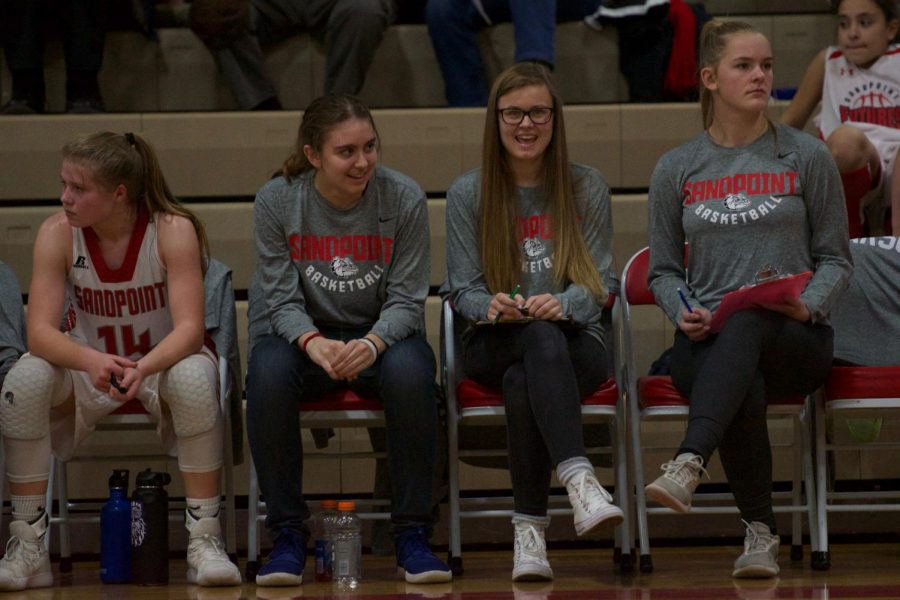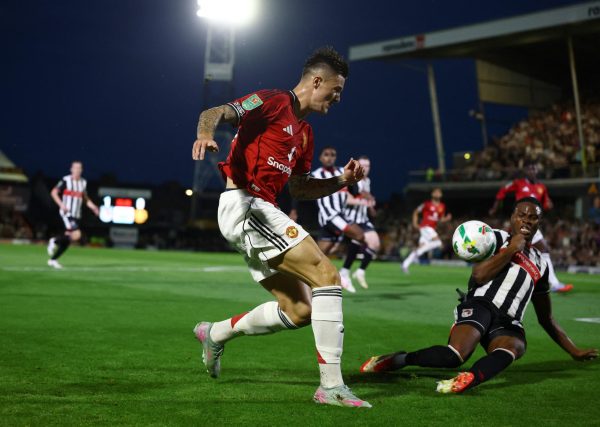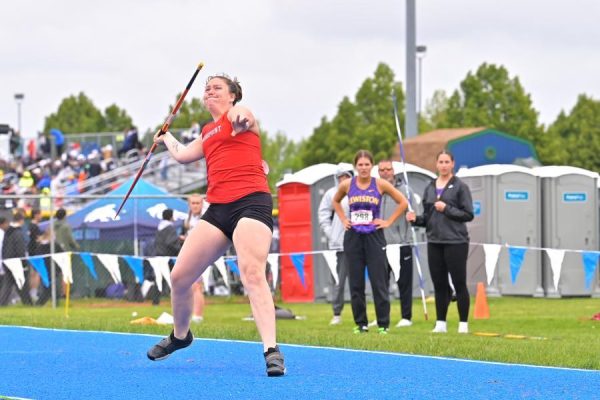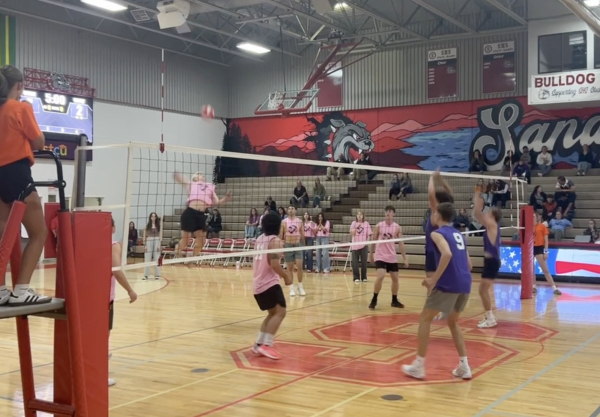SIDELINED
SHS athletics sees increase in leg injuries this year
As winter sports are in full-swing and athletes are busy practicing and playing in games, others find themselves sitting on the sideline or the end of the bench, unable to join in due to leg injuries.
This year, many notable SHS athletes have found themselves dealing with a variety of leg injuries. Though students may look for an answer as to why all of these injuries are occurring, it is not that simple. According to trainer Bailey Faber, it is difficult to pinpoint a common cause for leg injuries, as there is not one distinct reason.
“Many factors can lead to injuries such as an ACL tear due to poor quad or hamstring strength, poor form with tackling, and the conditions of the playing field, track, or court,” Faber said.
When many people envision a leg injury, they see a football player’s leg being pinned in an awkward position as he is being tackled or a soccer player taking out their opponent’s legs. However, Faber says that most leg injuries are caused through much less gruesome methods.
“A majority of the time an individual will tear their ACL without any contact,” Faber said.
According to Faber, ligament injuries are the most common type of leg injuries, with the most prominent being the ACL tear. When athletes injure their ACL, they face a long recovery period that usually extends well past their season is over.
“Recovery time really depends on the athlete’s motivation to do their physical therapy and the extent of the injury,” Faber said. “An ACL injury can take anywhere from 6 months to a year.”
In order to recover fully from an injury such as an ACL tear, an athlete must go through a rigorous process that especially focuses on physical therapy.
“With ACL tears there is a lot of focus on strengthening the surrounding musculature including the quads and hamstrings accompanied with range of motion (ROM) exercises,” Faber said. “Modalities such as STIM or Ultrasound are used to help with healing and pain. Plus, with any injury it is always stressed to apply compression and ice to the area.”
After the athlete has recovered, they still face an uphill battle, as they must regain strength in their legs, sometimes with a limited time before their respective sport begins again. Additionally, they now have an increased chance of injuring their leg again, something that can lead to athletes shortening their careers to preserve the health of their body.
Now, many sports have tried to reduce leg injuries through special equipment, such as braces that can be worn in-game, as well as new forms of tackling that reduce the likeliness of aggravation. Hopefully, the many leg injuries that SHS athletes experience every year will begin to go down as sports become more innovative and safer.

Sam Hendricks is a senior and it is his second year on staff. He is a sports editor.






